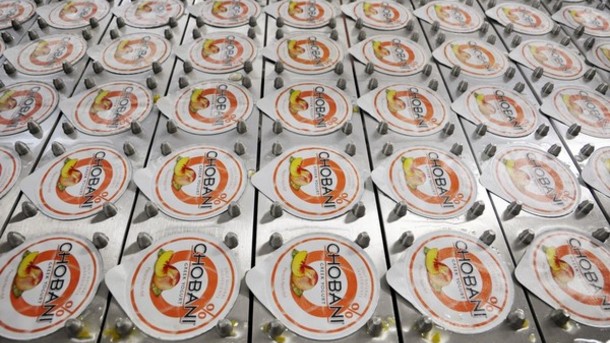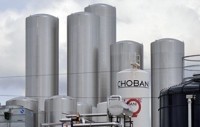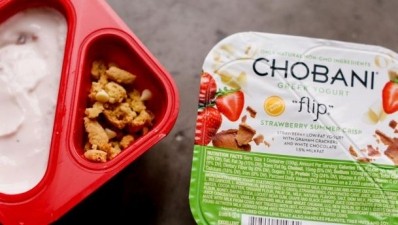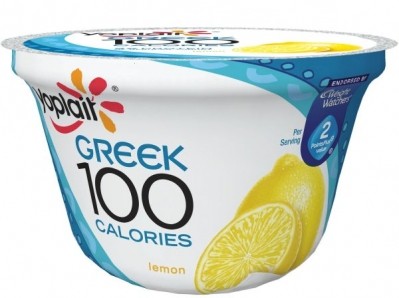Chobani tackles acid whey via new reverse osmosis filtration system at Twin Falls, Idaho

For every pound of milk used in traditional Greek yogurt manufacturing processes - where the whey is ‘strained’ (or centrifuged) off - only one-third ends up in the final product.
The remaining liquid - which contains protein, lactose and minerals - is often referred to as ‘acid whey’, which, unlike the ‘sweet whey’ generated in cheese production, is not suitable for use in processed foods, and has created headaches for many Greek yogurt makers as it is too acidic to be handled by their on-site waste water treatment facilities.
Chobani - like most other producers - has historically supplied its acid whey to farmers for use as livestock feed or land-applied fertilizer (it can also be fed into biodigesters), but has been looking for a more sustainable solution.
The new reverse osmosis filtration system, which uses pressure to separate they whey from the water, concentrates the whey, and enables Chobani to recover and recycle water in its plant, resulting in a near-20% reduction of municipal water usage, and fewer trucks leaving the site headed for farms.
The more condensed whey byproduct is also better for animal feed and has the potential to be used by other food processors in the future, claims Chobani.
Do all forms of Greek yogurt production generate acid whey?
While purists argue that Greek yogurt should be made via a straining process, which generates acid whey, some companies avoid this step and make thick ‘Greek-style’ yogurts by adding whey or milk protein concentrate and thickening agents such as modified food starch or pectin.
But for those who use a straining process, what they do with their acid whey can have a big impact on the bottom line, according to a January 2014 analysis of the New York Greek yogurt market by Robert D. Boynton and Andrew M. Novakovic at Cornell University.
They add: “Breakthroughs in acid whey utilization will be important for Greek yogurt (strained or centrifuged) to continue to grow in the U.S. and further improve overall profitability. New technologies or creative application of existing technologies to the further processing of acid whey into food or feed stuffs or as a fuel for energy generation hold promise.”
Click HERE to read more about how the industry is addressing the acid whey challenge.

















